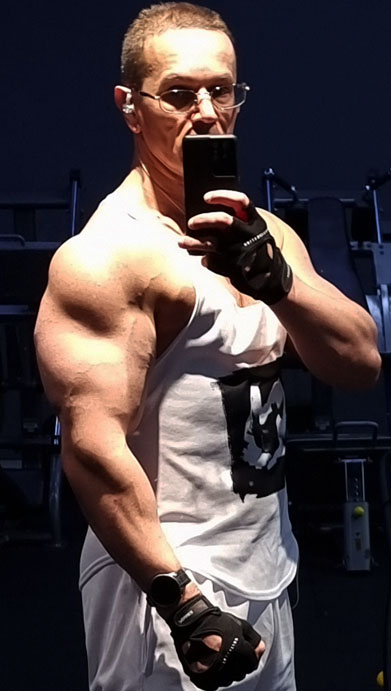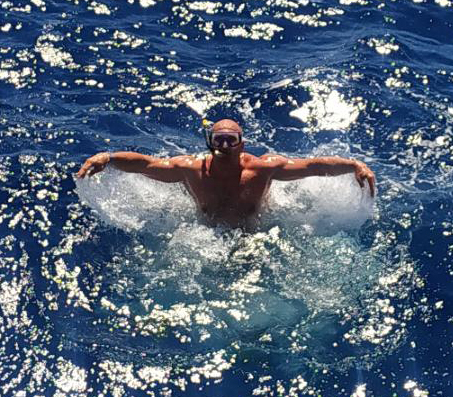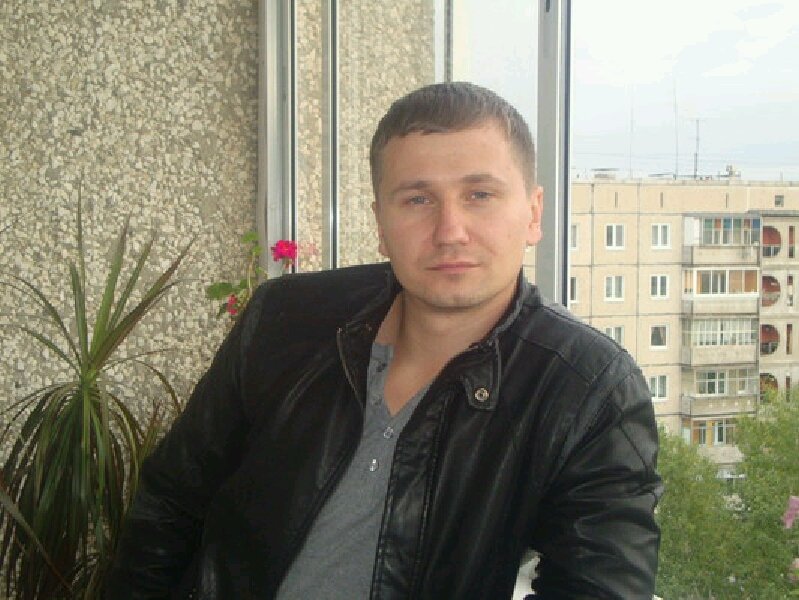Еще хочу поделиться вот этой выдержкой из книги Флека и Крамера, Оптимизация силовой тренировки. Эти данные, показывают эффективность периодизации, в том числе и для гипертрофии.
Studies have examined the efficacy of nonlinear periodization. To
and results in greater gains than other training models provide. The
earliest of the studies was 24 weeks in length. It involved training
Division III collegiate football players and compared a session-tosession nonlinear pattern to a low training volume one-set training
model (Kraemer, 1997). The one-set program consisted of training 3
training days and forced repetitions. The nonlinear training model
consisted of training 4 days per week using two different training sessions alternated on a training-session basis. One training session was
a strength and power session and consisted of primarily multijoint
exercises using a 3- to 5-, an 8- to 10-, or a 12- to 15RM training zone.
The other session was a hypertrophy session and consisted of both
single-joint and multijoint exercises always using an 8- to 10RM training zone. The nonlinear model resulted in significantly greater gains
in tests of strength, local muscular endurance, and power (table 1.2).
Although both training programs resulted in a significant decrease in
percentage of body fat, the nonlinear model resulted in a significantly
greater decrease (nonlinear 17.9% to 12.0%; single-set model 17.1%
to 15.9%). Both training models also resulted in a significant increase
in total body mass. However, again the nonlinear model resulted in a
significantly greater gain in body mass (nonlinear model 104 kg to 111
kg; single-set model 103 kg to 104 kg) than the single-set model.
Women’s Division I tennis players have been trained using the
nonlinear model, and the results were compared to a nonvaried, lowvolume one-set model and a higher-volume three-set model. In the
first of these studies a one-set circuit program of 8 to 10 repetitions at
an 8- to 10RM resistance performed 3 days per week was compared
to a nonlinear model performed 4 days per week over 9 months of
training (Kraemer et al., 2000). Both groups of tennis players trained
2 or 3 days per week depending on their competitive schedules. The
nonlinear model consisted of performing 2 to 4 sets using training
zones of 4 to 6, 8 to 10, and 12 to 15 repetitions per set alternated on
a session-by-session basis. Both groups performed the same series of
single-joint and multijoint exercises. The nonlinear model generally
used all three training zones only for the multijoint exercises, while
the single-joint exercises were always performed using 8 to 10 repetitions per set. The resistance used in the nonlinear model was adjusted
to allow only the desired number of repetitions per set (RM training
zone). The nonlinear model demonstrated a greater percentage of
gains in measures of strength and power than the single-set model
(table 1.2). A significant decrease in percentage of body fat (nonlinear
22 to 18%; single set 22 to 21%) and an increase in fat-free mass were
shown by the nonlinear model, while the single-set model showed
no significant changes in these measures. Perhaps most important,
the nonlinear model demonstrated a significant increase of 30% in
serve velocity while the single-set model demonstrated a nonsignificant change of 4% in serve velocity. It is also important to note that
in the majority of test variables, the nonlinear model demonstrated
significant increases from pretraining to 4 months of training, from
4 months to 6 months of training, and from 6 months to 9 months
of training. The single-set model demonstrated a significant increase
from pretraining to 4 months of training and then showed no further
significant change or was in a training plateau.
The second study training female Division I tennis players compared the nonlinear model to a nonvaried three-set model over 9
months of training (Kraemer et al., 2003). The three-set model always
trained using 8 to 10 repetitions per set at RM resistances. The nonlinear model trained with three sets using three alternating training
zones on a session-by-session basis of 4 to 6, 8 to 10, and 12 to 15
repetitions per set at RM resistances. Both groups trained 2 or 3 days
per week, depending on their competitive schedules. Few significant
differences in strength and power were noted between groups after
the 9 months of training (table 1.2). However, whenever a significant
difference between groups was noted, it was in favor of the nonlinear
training model. Additionally, testing was performed after 4, 6, and
9 months of training; whenever a significant difference was noted
between groups at those time points it was in favor of the nonlinear
model. It is also important to note that the nonlinear model showed a
greater number of significant gains between pretraining and 4 months
training, 4 to 6 months of training, and 6 to 9 months of training,
indicating more consistent fitness gains as the training progressed.
Both groups also demonstrated significant increases in fat-free mass
and decreases in percentage of body fat; no significant differences
were noted between groups. Perhaps most important to this group
of athletes, the nonlinear program resulted in significantly greater
increases (22 to 36%) in serve, backhand, and forehand velocities
compared to the nonvaried training increases of 14 to 17% in the
same sport-specific measures.
The nonlinear model has also been compared to a low-volume
single-set model in the training of typical college-aged females over
6 months (Marx et al., 2001). The single-set group trained 3 days per
week using 8 to 10 repetitions per set at RM resistances. Two different circuits were performed by the single-set model on an alternating
session-by-session basis. The nonlinear group trained 4 days per week
with 2 to 4 sets. Two days per week a strength session composed of
primarily multijoint exercises was performed with the use of alternating training zones of 3 to 5, 8 to 10, and 12 to 15 repetitions per set
at RM resistances. The other two training sessions per week were
hypertrophy training sessions performed always for 8 to 10 repetitions
per set at RM resistances. At the end of the 6 months of training, the
nonlinear group demonstrated significantly greater increases in measures of strength, power, and motor performance than the nonvaried
group (table 1.2). The nonlinear group also demonstrated significantly greater increases in fat-free mass (8 vs. 2%) and percentage
of body fat (–7 vs. –2.5%) than the single-set group. Additionally, in
the majority of variables, the nonlinear training group demonstrated
significant changes from pretraining to 4 months of training and from
4 months of training to 6 months of training while in all variables the
single-set group demonstrated significant gains from pretraining to 4
months of training with no significant increase from 4 to 6 months of
training. This shows that the nonvaried training resulted in a training plateau after 4 months of training while the nonlinear training
showed continued fitness gains over the 6 months of training, which
underscores the efficacy of nonlinear training.
Nonlinear periodization has even been shown to be effective during
a competitive season. Silvestre and colleagues (2006) demonstrated
that strength and power can be maintained or even increased with
a nonlinear resistance training protocol over a competitive soccer
season. Such uses of the nonlinear method enhance the ability of
athletes to physically develop their bodies—even during a competitive season, when detraining can occur.
Collectively these studies demonstrate that the nonlinear training
model results in significantly greater changes in body composition,
strength, and power than nonvaried training models. These changes
with the nonlinear training model are consistent and progressive even
after months of training. Additionally, changes in fitness parameters
are apparent in untrained individuals as well as in trained athletes.
 Вход
Вход Регистрация
Регистрация













 Наверх
Наверх










